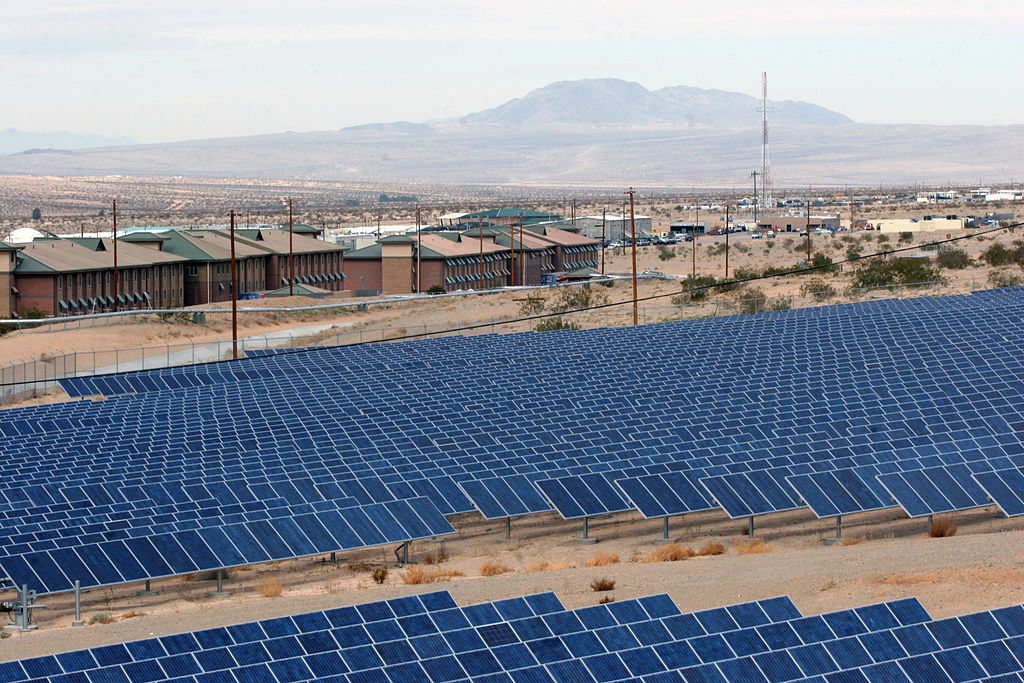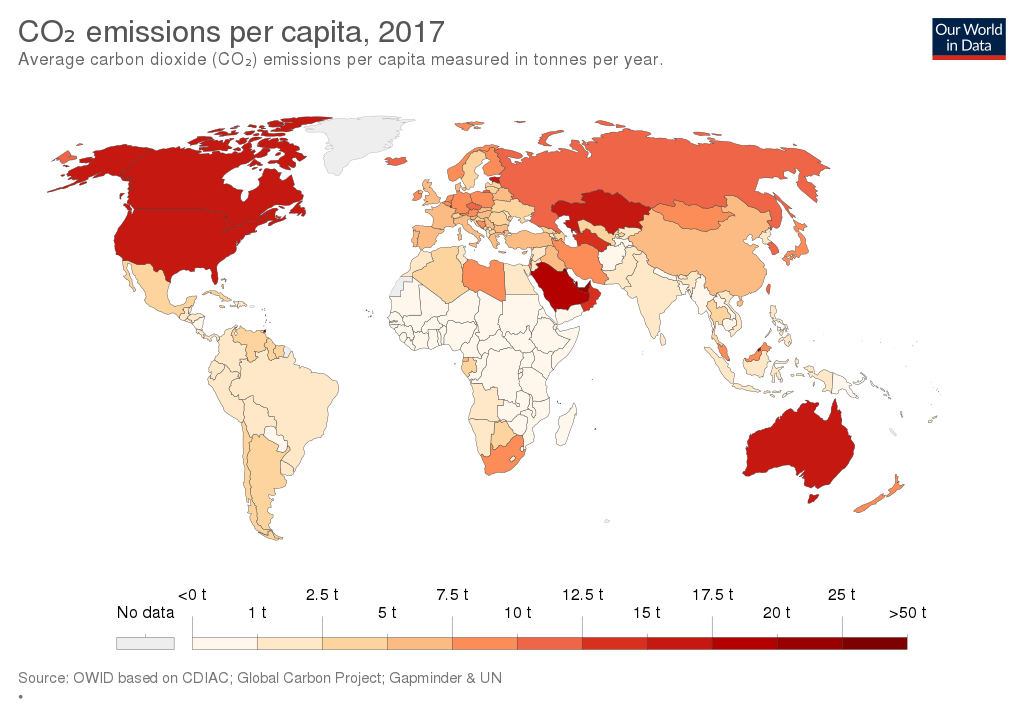Last Saturday marked exactly five years since the world’s countries reached a historic agreement in Paris to fight the climate crisis. Though some progress has been made since then, the climate crisis is more serious now than ever before.
Climate Crisis
Since people first began burning coal to run factories, the world’s temperature has gone up by 1.1 degrees Celsius (C)*. It sounds small, but it’s enough to cause climate change – serious long-term changes in weather patterns that affect all life on earth.
The world is getting hotter, mainly because humans are burning “fossil fuels” like coal, oil, and natural gas to make energy. These fuels give off pollution called “greenhouse gases” or “carbon emissions”, which make the climate emergency worse.
The effects of climate change can already be seen: melting ice in Antarctica and the Arctic, higher temperatures, heat waves, record dry periods, wildfires, record rains, and more strong hurricanes.
Scientists say the world must take strong action before 2030 to avoid the worst effects of the climate emergency.
On December 12, 2015, 196 of the world’s countries agreed to sign the “Paris Agreement”, promising to work together to slow global heating. It was an agreement that took two long, hard weeks to reach, with all sides working hard to find a plan that everyone could accept and support.

(Source: U.S. Dept. of State , via Wikimedia Commons.)
The Paris Agreement set goals for countries to cut pollution and replace fossil fuels with energy that doesn’t pollute, like solar, wind, and water power. The aim was to keep global heating below 2ºC, and if possible, below 1.5ºC. The hotter the world gets, the harder it is to slow the warming pattern.
Since the Paris Agreement was reached, a lot has happened. Much of it hasn’t been good news. Though nearly 200 countries agreed to stronger steps to reduce pollution, most haven’t kept to their promises. As teen climate striker Greta Thunberg says, “We are still speeding in the wrong direction.”
The world has kept producing more and more fossil fuels. And even though emissions dropped slightly this year as factories closed because of the coronavirus pandemic, overall, emissions are still rising.
😕
This image has not been loaded because of your cookie choices. To view the content, you can accept 'Non-necessary' cookies.
In spite of the Paris Agreement, the world is producing more fossil fuels, and emissions are still rising. Teen climate striker Greta Thunberg (above, in yellow) says, “We are still speeding in the wrong direction.”
US President Donald Trump pulled the US out of the agreement. Mr. Trump has also worked hard during his four years in office to encourage fossil fuel businesses and to get rid of rules that protect the environment.
But it’s not all bad news. One especially bright spot is renewable energy. The costs of green energy sources like solar and wind energy have dropped greatly in recent years.
As prices for renewable energy drop, energy sources like coal and oil are getting replaced. Several fossil fuel companies are now also working on renewable technology.

(Source: Jeremiah Handeland, US Marine Corps, via Wikimedia Commons.)
Many US cities, states, and businesses kept tackling the climate crisis in spite of Mr. Trump. President-elect Joe Biden says the US will re-join the agreement once he becomes president.
Even after the US officially dropped out, the other members of the Paris Agreement stuck with the deal. Many countries have even announced plans to cut their emissions back to nearly zero by 2050. New Zealand recently declared a climate emergency.
😕
This image has not been loaded because of your cookie choices. To view the content, you can accept 'Non-necessary' cookies.
Many countries have announced plans to cut their emissions back to nearly zero by 2050. New Zealand recently declared a climate emergency. Above, New Zealand Prime Minister Jacinda Ardern speaks before parliament declares the emergency.
But the great concern over climate change is not that countries won’t say the right thing, but that they won’t do the right thing. It’s far easier to promise to meet targets in the future than it is to take the hard steps that are needed now.
The world’s richest countries are also generally the ones that pollute the most. The people, businesses, and leaders in these countries will need to make some tough choices to help bring climate change under control.

(Source: Our World in Data [CC BY 4.0], via Wikimedia Commons.)
This year, there was an online meeting to mark the five years since the Paris Agreement was reached. But the world’s attention is largely focused on next year’s climate meeting, COP26, which will be held in Glasgow, Scotland.
*Climate change temperatures are measured against the time when humans started burning coal for power. This article talks about climate change using Celsius (C). Talking about climate change in Celsius is more common and it makes the changes easier to see and remember.
If you want to think about the temperature changes in Fahrenheit( F), you can use these figures: 1.1°C = 2°F, 1.5°C = 2.7°F, 2°C = 3.6°F, 3.2ºC = 5.8ºF.
